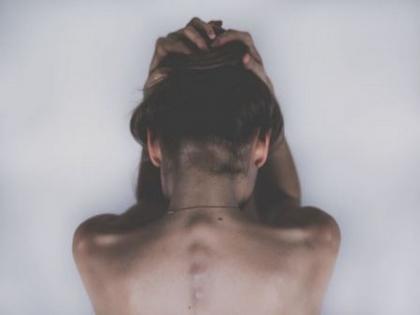Protein vital for wound healing after spinal cord injury, study explains
By ANI | Published: March 3, 2020 10:10 AM2020-03-03T10:10:55+5:302020-03-03T12:12:33+5:30
A recent research has shed light on the fact that an axon guidance protein--Plexin-B2--in the central nervous system plays a vital role in wound healing and neural repairing spinal cord injury.

Protein vital for wound healing after spinal cord injury, study explains
Washington D.C. [USA], Mar 3 : A recent research has shed light on the fact that an axon guidance protein--Plexin-B2--in the central nervous system plays a vital role in wound healing and neural repairing spinal cord injury.
The study's findings, published in Nature Neuroscience, could aid the development of therapies that target axon guidance pathways for more effective treatment of SCI patients.
Conducted at the Icahn School of Medicine at Mount Sinai, the study found that the deletion of Plexin-B2 in microglia and macrophages impaired corralling, which led to tissue damage, inflammatory spillover, and hindered the regeneration of axons (slender part of a nerve cell where impulses are conducted).
Tissue repair after SCI requires the mobilization of immune and glial cells to form a protective barrier that seals the wound, facilitates debris clearing and contains inflammation.
To build this barrier, a process called corralling involves wherein microglia (immune cells in the CNS) and macrophages (immune cells that originate from blood) form a barrier around the lesion that separates healthy and necrotic tissue.
During the study, researchers found that this corralling begins early in the healing process and requires Plexin-B2, a protein that facilitates the movement of immune cells by steering them away from colliding cells.
"The role of microglia and macrophages in the spatial orgzation of glial cells around the injury site via an axon guidance receptor is quite unexpected," said lead investigator Hongyan Jenny Zou, MD, PhD, Professor of Neurosurgery and Neuroscience at the Icahn School of Medicine at Mount Sinai.
Understanding the signalling pathways and interactions of glial cells with each other and the injury environment is fundamental to improving neural repair after a traumatic brain or spinal cord injury.
( With inputs from ANI )
Open in app